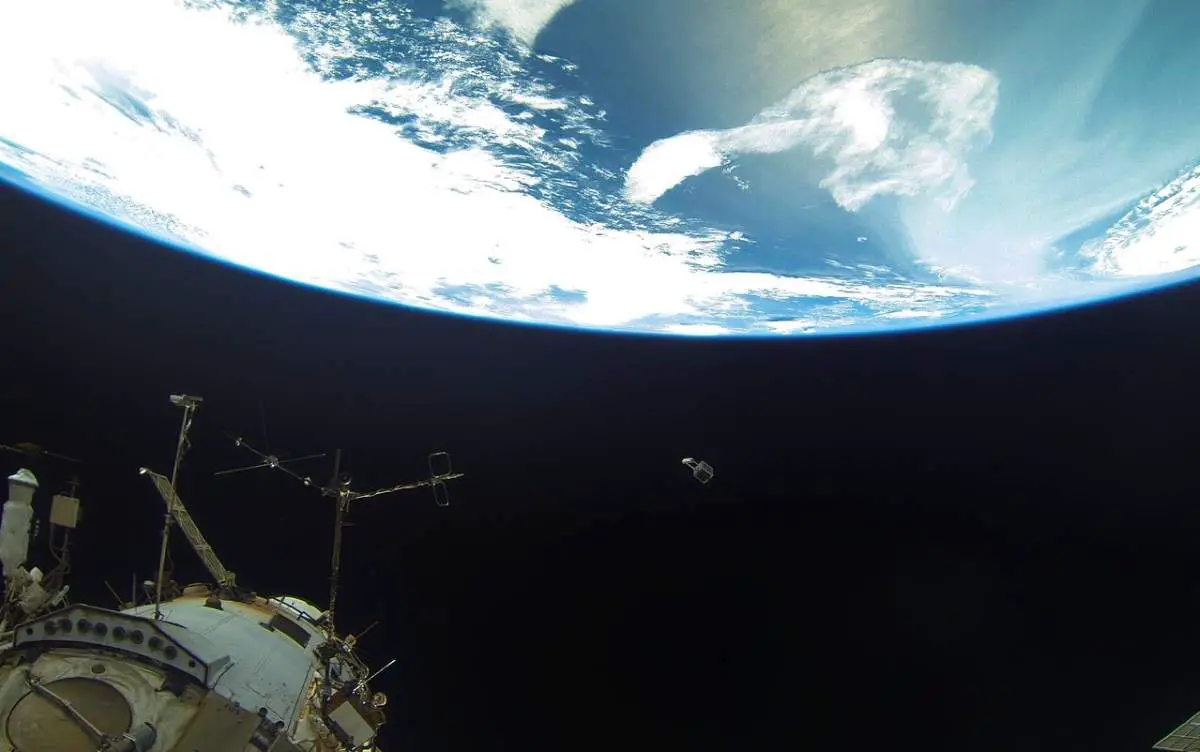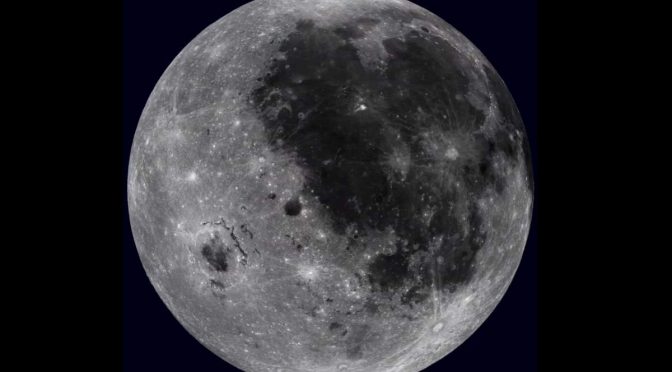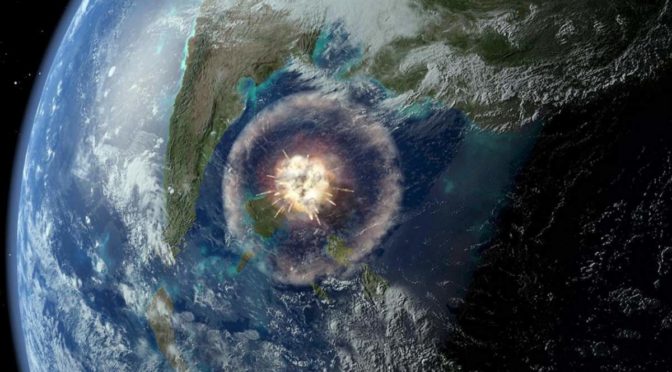On October 4, 1957, the Soviet Union launched Sputnik 1, the first human-made object to orbit Earth. This event marks the beginning of humanity’s space exploration history. After that, humanity went to the moon, astronauts and cosmonauts performed countless spacewalks, and since the arrival of Expedition 1 on November 2, 2000, the International Space Station station has been continuously occupied. To date, this is the longest continuous human presence in space, having surpassed the previous record of 9 years and 357 days held by Mir.
But, maybe even more important, we launched thousands of artificial satellites into the Earth’s orbit. These artificial satellites shape our modern life: weather forecasts, broadcasting, communication, and GPS are just a few examples. But, there’s a side effect: just like here on the Earth, we are slowly filling the most important part just above us, with junk. And this junk can end space exploration, and destroy our modern way of life. This (very possible) scenario known as the Kessler Syndrome, proposed by the American astrophysicist and former NASA scientist Donald J. Kessler in 1978.









